Search
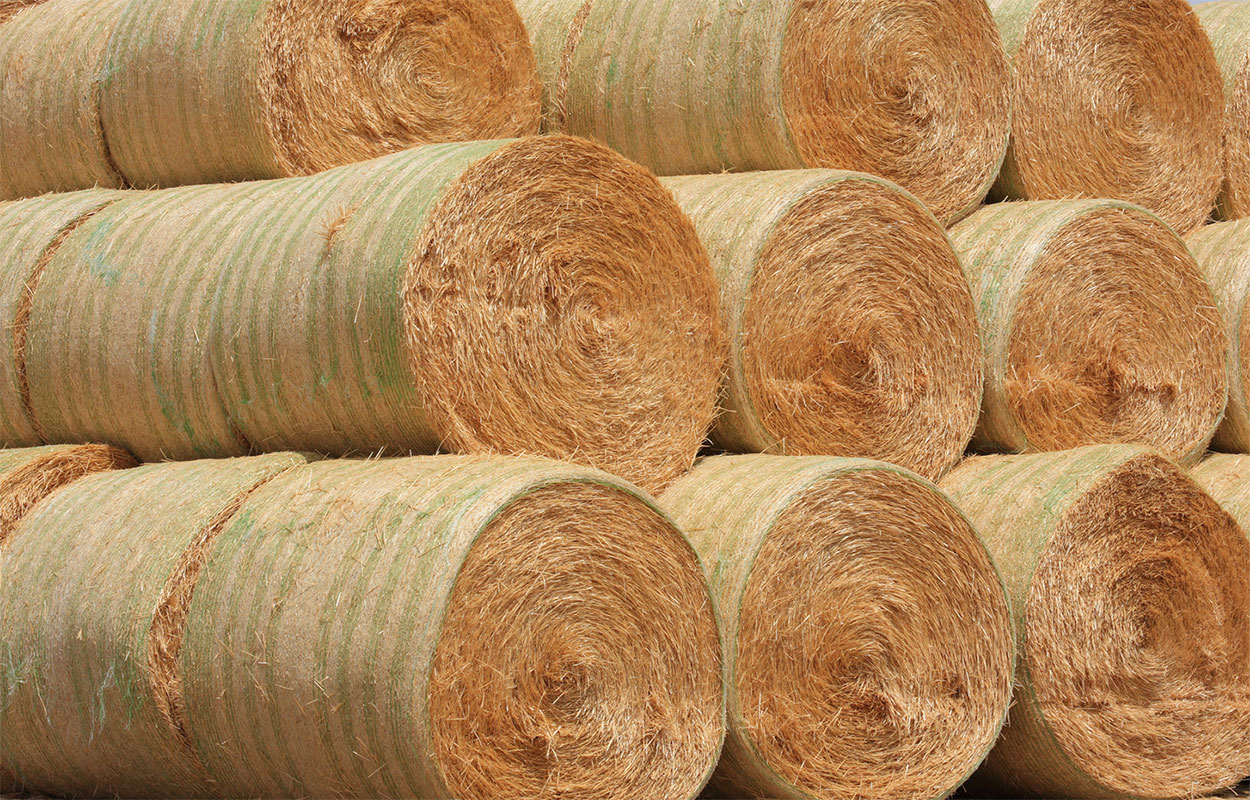
Cost-effective and Balanced Cow Rations
Before buying "cheap" feed, it is important to ensure that it will be cost-effective when creating balanced rations for the winter. Learn some things to consider before purchasing.
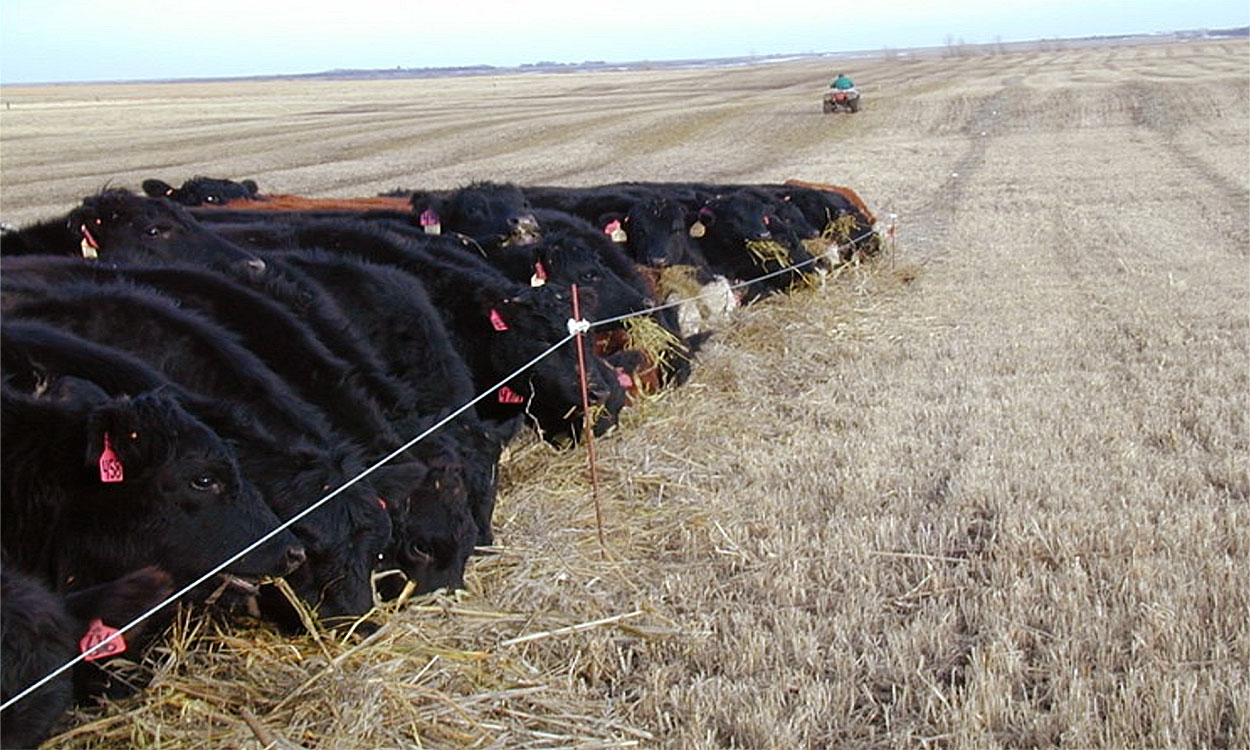
Swath Grazing
Swath grazing can be utilized with various crops and can improve utilization of the crops for feed, while decreasing fuel, harvest and feeding costs and also improving soil health.
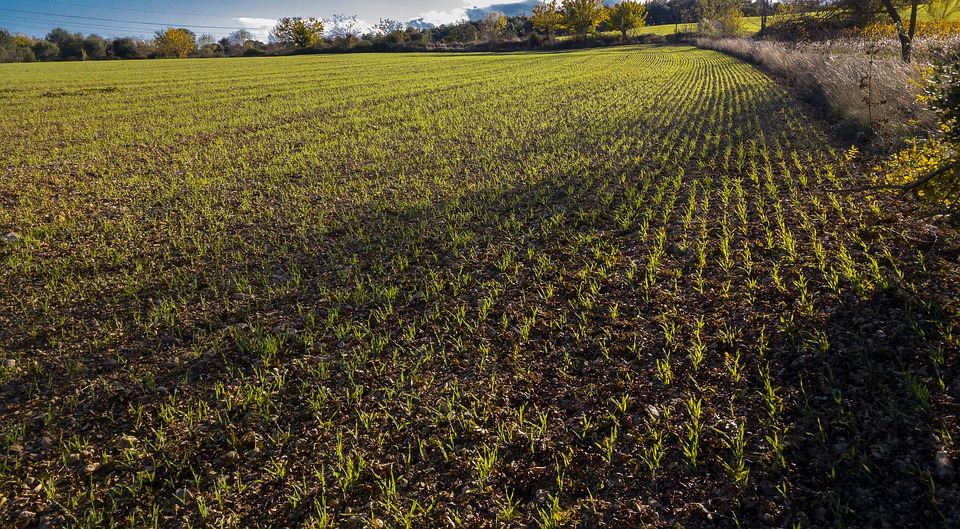
Winter Wheat Breaking Dormancy Early
A threshold indicator for winter wheat emergence is to consider average temperatures over a 14-day period. When that 14-day average temperature is equal to or above 5°C, or 41°F, then hard red winter wheat can break dormancy.
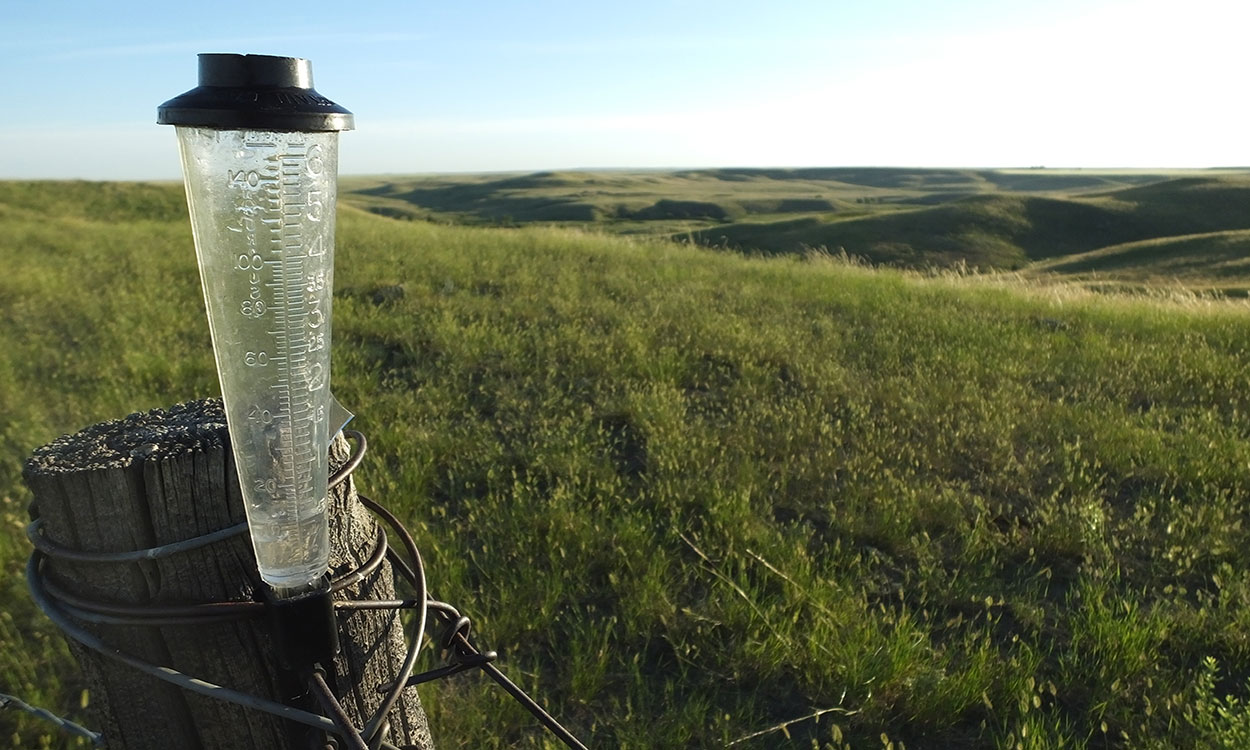
Five Range Management Principles: #5 Climate Ready
Understanding your ranching system is critical, and identifying anticipated soil-plant-animal responses during periods of dry, wet, or normal conditions will enable you to develop climate-ready practices. Learn how to get started today!
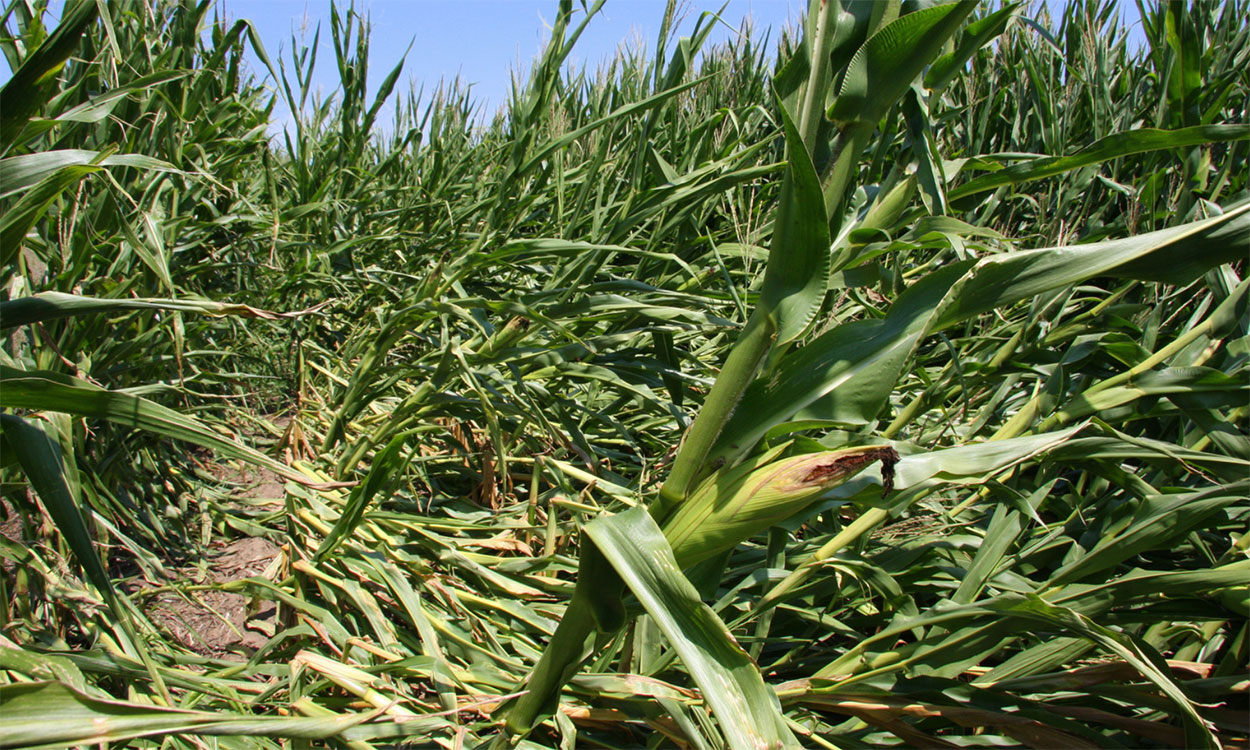
Wind Injury in Corn
In the aftermath of severe weather, levels of wind damage in corn can vary greatly from field to field. How plants recover largely depends on wind velocity and corn growth stage.
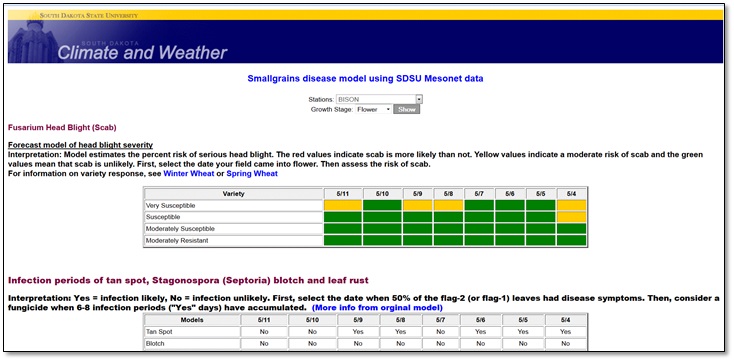
The Small Grains Disease Forecasting System Could Save Producers Money
The South Dakota State University Small Grains Plant Pathology program has partnered with the Small Grains Plant Pathology program at North Dakota State University to deploy a small grains disease forecasting system for South Dakota. The system uses weather variables including rainfall, temperature, and relative humidity to predict the likelihood of disease development. This new tool has the potential to save growers money by helping them avoid unnecessary fungicide applications, or knowing when to apply a rescue fungicide treatment.
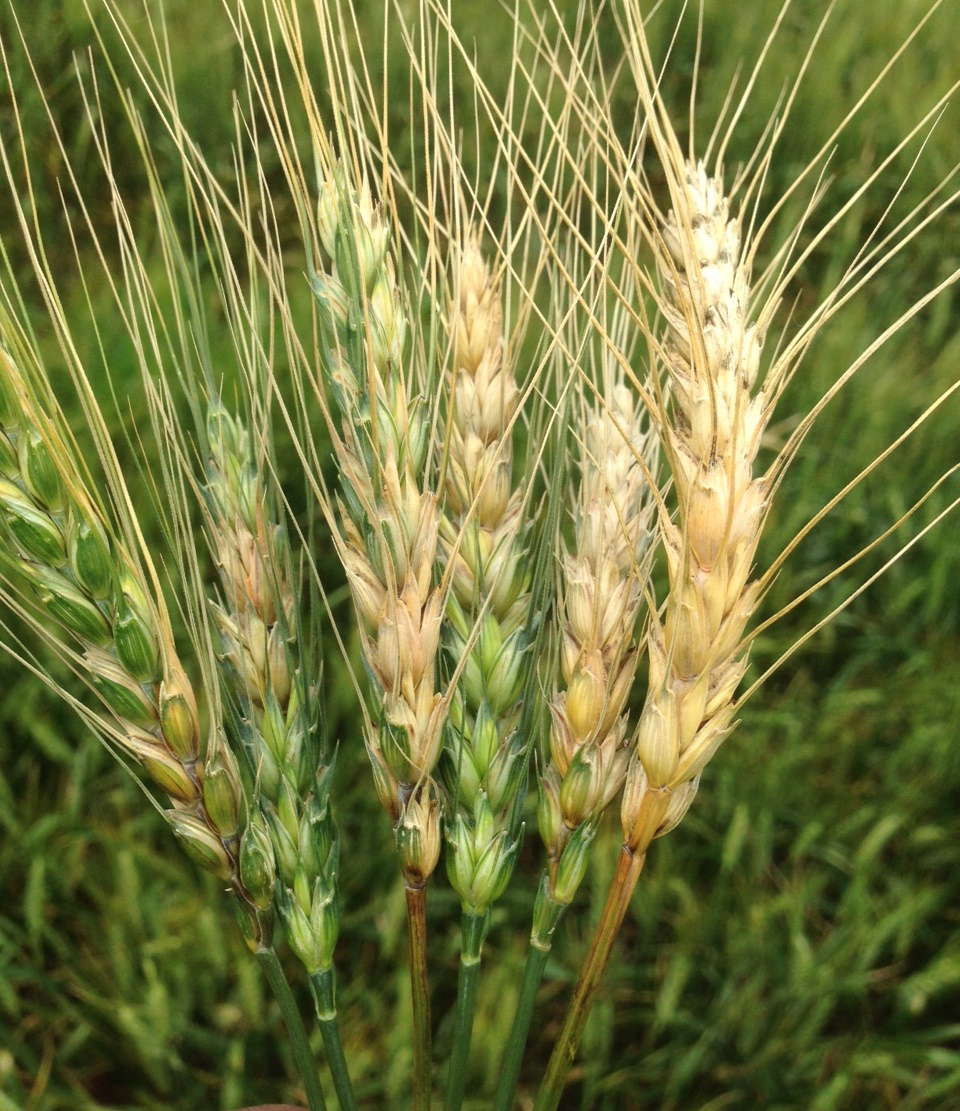
Updated National Fusarium Head Blight (Scab) Prediction Center
The new Fusarium (Scab) Head Blight Prediction Center is now up and running. The purpose of this Assessment Tool is to provide producers and crop consultants with a Fusarium Head Blight (FHB/scab) risk assessment tool which leads up to and includes flowering (anthesis).
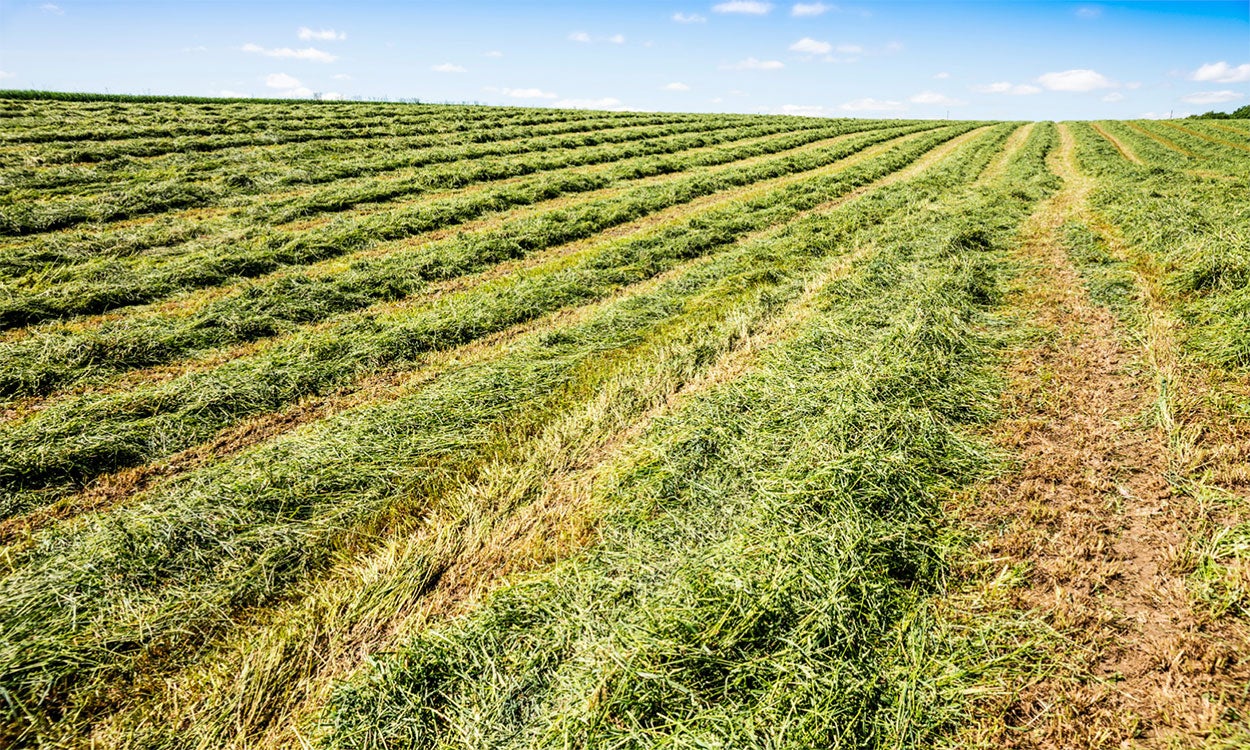
Register today for SD Winter Forage Meeting
February 21, 2023
Registration is open for the South Dakota Winter Forage Meeting Feb. 28 in Madison, South Dakota.
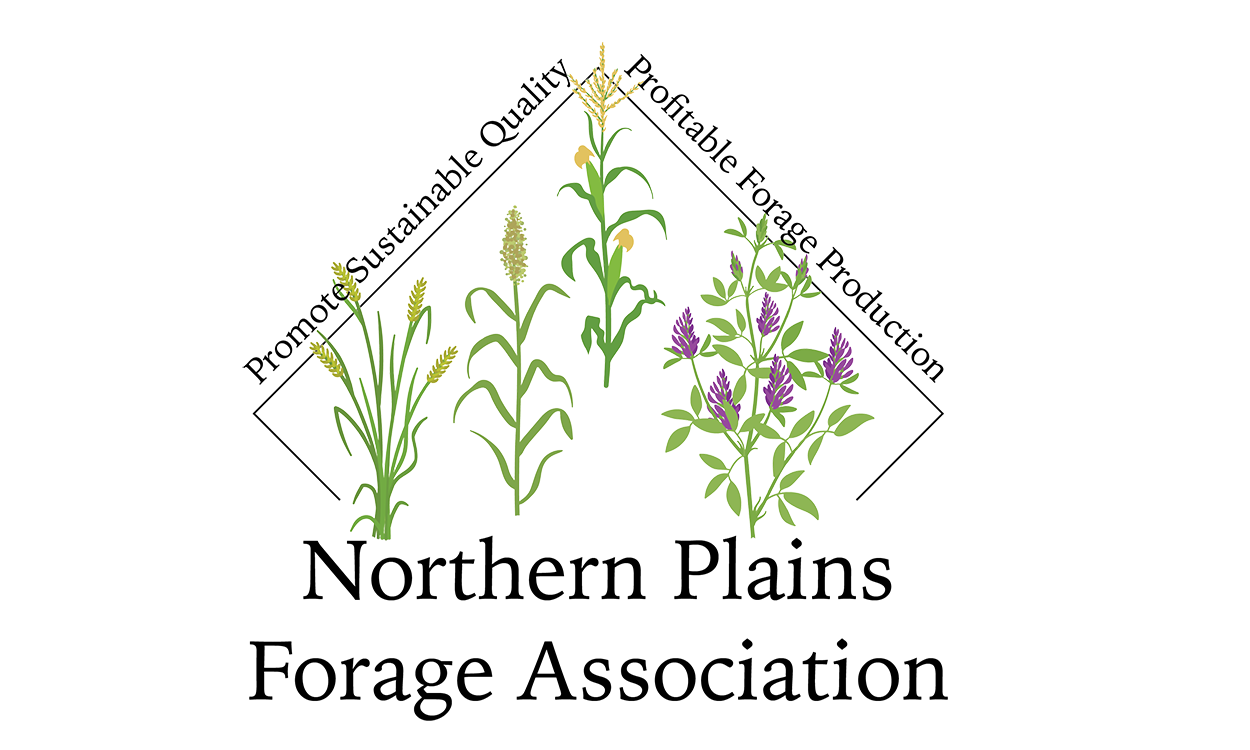
Northern Plains Forage Association hosting free meetings during Central Plains Dairy Expo
March 13, 2023
The Northern Plains Forage Association informational meeting is from 2 to 3 p.m. March 29 and 30 during the Central Plains Dairy Expo at the Denny Sanford Premier Center in Sioux Falls, South Dakota.

Join SDSU Extension for two days of rye production, usage training
January 30, 2023
South Dakota State University Extension will host two days of Rye Production and Utilization Workshops on Feb. 15-16 in two South Dakota communities.